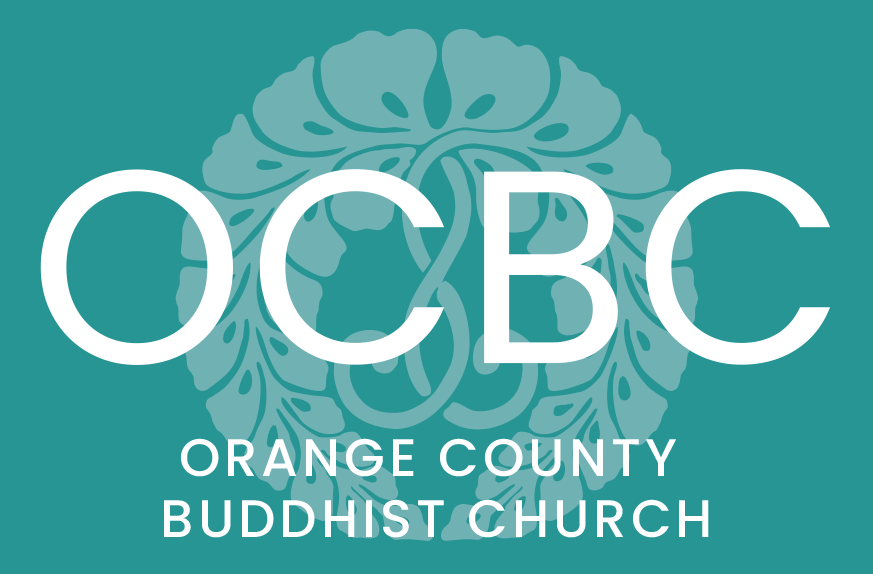Shin Buddhist Path of Gratitude
I was asked to speak about the “ho-on; 報恩” to 2022 Kyoshi aspirants from the Jodo Shinshu International Office (JSIO). We are familiar with the Ho-on-ko service every January. “Ho-on” literally means “ho; 報”= repay, reciprocate, respond, and “on; 恩”= favor, debt of gratitude.” Taken together, we can understand it as “responding in gratitude to the benevolence (of the Buddha).”
Some people ask me after the Sunday service, “So, what’s your practice?” They expect an insightful answer, but my answer is simple and often surprises them. As a Shin Buddhist, my primary practice is not meditation, sutra chanting, ritual, or precepts. All of them are, of course, valuable, however, we focus on the practice of gratitude. We don’t practice to achieve material rewards, a better life, enlightenment, good karma, or a better rebirth. We practice simply to give thanks for what we have received. It might sound like no practice, but it can be transformative in our lives when it is pursued.
Kakunyo Shonin, the third generation from the founder Shinran Shonin, says in the Liturgy in Gratitude – Hoonkoshiki (1294) that we can never be grateful enough for the Buddha’s benevolence. However thankful we are, we can never be thankful enough to the legacy left to us by our past masters. Though ten thousand kalpas were to pass, it would be impossible to repay even a small tithe of what we owe. Kakunyo wrote the Liturgy of Gratitude when the 33rd Shinran Shonin’s memorial service was held and expressed his deep gratitude to all karmic causes and conditions that have guided him to encounter the Amida Buddha’s deep wish.
As we become aware of interconnectedness, we gain some perspective on our karmic limitations. Our own efforts alone are not sufficient without the help and guidance coming from countless others. It fosters awareness of my own shortcomings and patience toward others’ imperfections. In the tradition of Pure Land Buddhism, Shin Buddhists believe that the power-beyond-self (tariki) comes from beyond the ego-self. It is granted by Amida Buddha, the immeasurable wisdom and compassion that benefits us all. Shinran says, “Other Power is none other than the power of the Tathagata’s primal vow.” (CWS I, p.57).
The Nembutsu, recited as “Namo Amida Butsu,” expresses our true happiness and deep thankfulness. We thank all the things that sustain our lives and guide us to the Buddha-Dharma. We try to remember the presence of power-beyond-self by saying the Nembutsu, and we try to do our best to reciprocate by guiding others to the Nembutsu life. Our practice is not to attain our own Buddhahood, but instead to become thankful for all we have received on the path of gratitude.
Shinran Shonin says, “Solely saying the Tathagata’s name constantly, one should respond with gratitude to the universal vow of great compassion (CWS I, p.68)” and one of the hymns (wasan) echoes his joy of living in the path of gratitude.
Those who truly attain shinjin
As they utter Amida’s Name,
Being mindful of the Buddha always,
Wish to respond to the great benevolence
(CWS I, p.321)
Gassho,
Rev. Dr. Mutsumi Wondra

